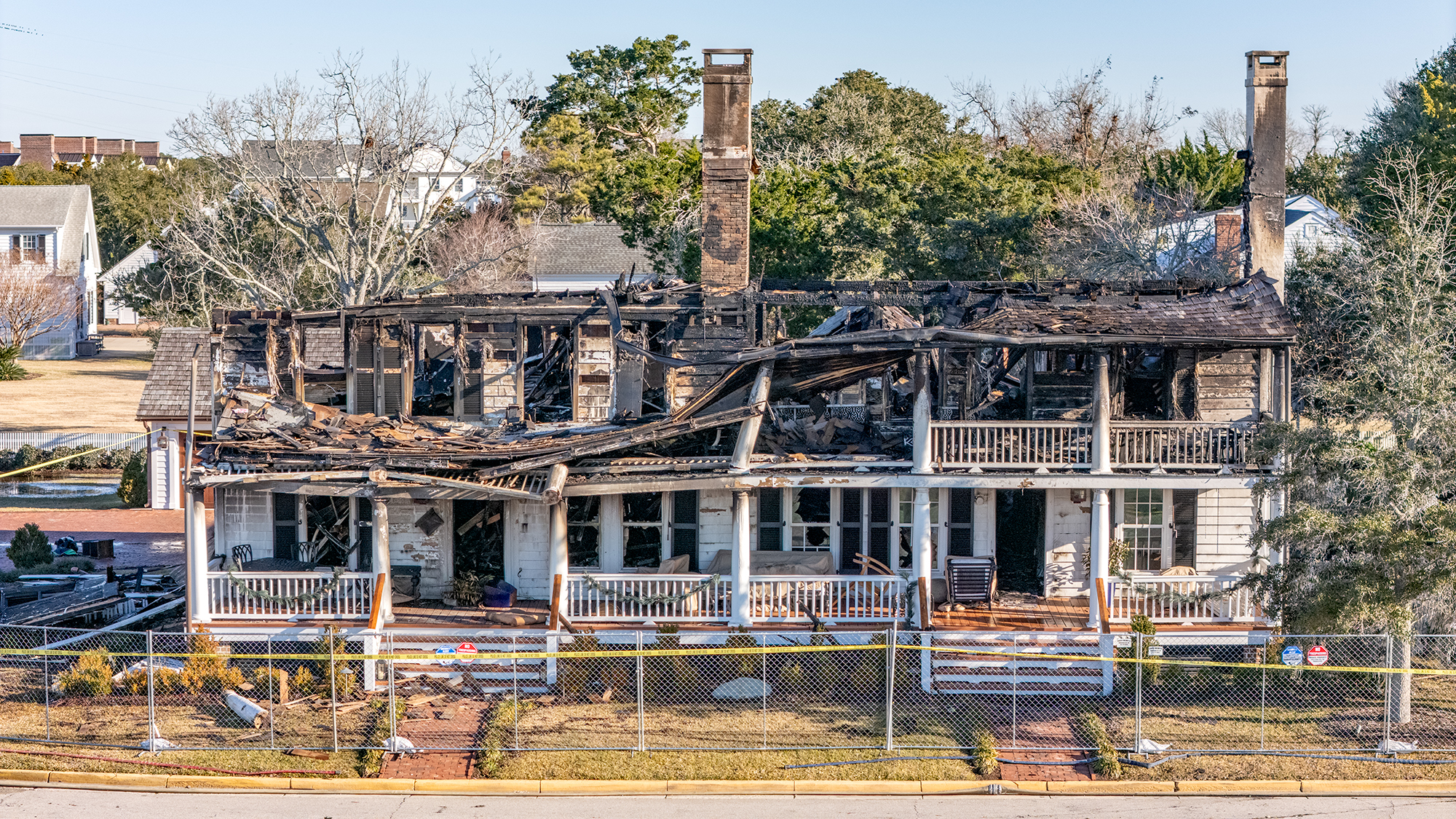The Audubon’s annual Christmas Bird Count has begun.
The event began Saturday and continues through Jan. 5, and volunteers across the state can still join the world’s longest-running wildlife census, according to Audubon North Carolina.
Supporter Spotlight
There is no fee to participate in the community science project organized by the National Audubon Society. Counts are open to birders of all skill levels and can use Audubon’s free Bird Guide app while participating.
This is the 120th year volunteers will fan out across the state, the country, and much of the Western Hemisphere to count birds. The 12 decades worth of data collected by participants contributes to one of only two large existing pools of information notifying ornithologists and conservation biologists about what conservation action is required to protect birds and the places they need.
To sign up for a Christmas Bird Count in North Carolina, visit the website to register with a local Christmas Bird Count compiler and find count dates on the Carolina Bird Club website. All Christmas Bird Count data must be submitted through the official compiler to be added to the long-running census.
Each individual count takes place in a 15-mile-wide circle and is led by a compiler responsible for organizing volunteers and submitting observations directly to Audubon. Within each circle, participants tally all birds seen or heard that day. Total numbers provide a clear idea of the health of that particular population.
A new feature for this year’s count will be “CBC Live,” a crowd-sourced, hemisphere-wide storytelling function using Esri mapping software. This “story-map” will ask users to upload a photo taken during their Christmas Bird Count as well as a short anecdote to paint a global picture of the Christmas Bird Count in real time.
Supporter Spotlight
“Joining a Christmas Bird Count near you is a fun, easy, and incredibly important way to help us better understand and protect birds, and by extension our own communities,” said Curtis Smalling, Audubon North Carolina director of conservation in a statement. “Because the count is a long-standing tradition and so many people help gather data, we are able to notice trends over time that tell us important things about the natural world, including environmental changes that affect all of us. By adding your observations to twelve decades of counts, we are able to make conservation decisions that are more impactful for birds and people.”
In North Carolina last year, the 119th Christmas Bird Count included 53 count circles. The largest list ticked in at Wilmington, where counters tallied 166 species. Counters found a total of 828,389 individuals of 222 species.







